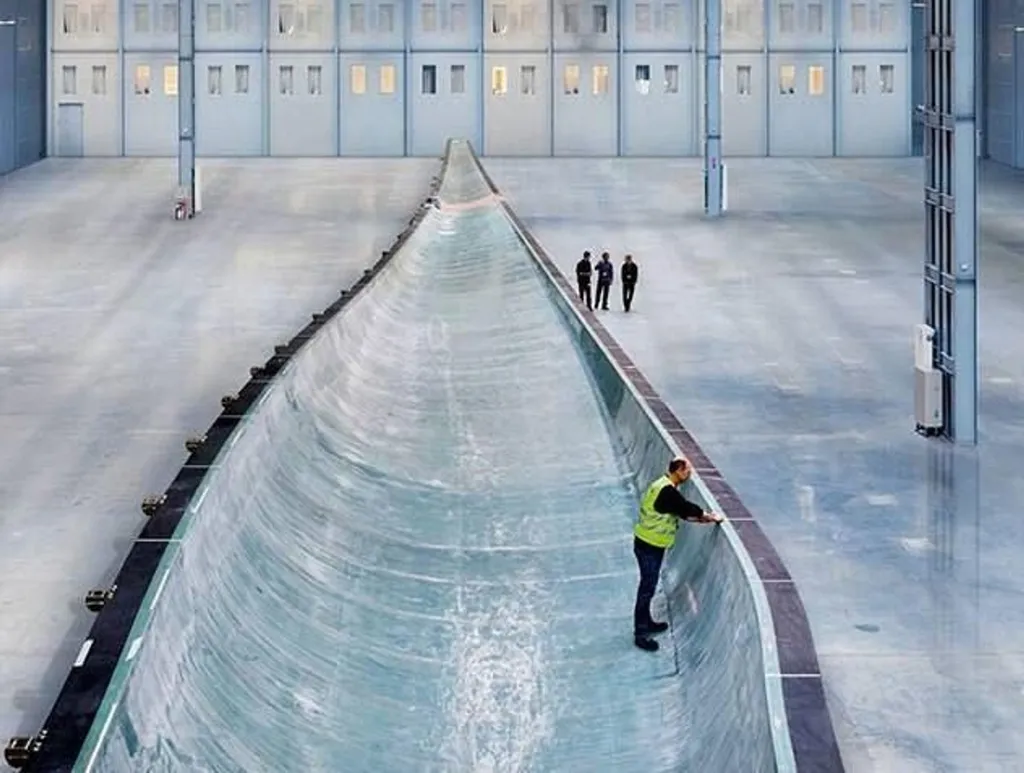Researchers from the California Institute of Technology and Siemens Gamesa Renewable Energy have published a study in Nature Energy that explores how atmospheric conditions can influence the power production of utility-scale wind turbines when they are intentionally misaligned, a technique known as wake steering.
Wake steering is a collective control approach used in wind farms to maximize power production. By intentionally misaligning the leading, upwind turbines, the wake (the disturbed airflow behind the turbine) can be steered away from downstream turbines, reducing their power loss. However, this misalignment can also lead to power degradation in the upwind turbines themselves. The researchers aimed to understand how atmospheric conditions affect this power degradation and, consequently, the overall power production of the wind farm.
The team developed a model to predict the power production of a yaw misaligned wind turbine, taking into account the changes in wind speed and direction over the turbine’s rotor area. These changes can vary significantly depending on atmospheric conditions and stability, leading to asymmetric power production based on the direction of yaw misalignment. The model was validated using data from a field experiment conducted with multiple utility-scale wind turbines.
The study found that the power production of a yaw misaligned variable speed wind turbine depends on a complex interaction between the yaw misalignment, the atmospheric conditions, and the wind turbine control system. This nonlinear interaction means that the optimal control strategy for wake steering can vary depending on the specific atmospheric conditions at the time.
For the energy industry, this research provides valuable insights into the potential of wake steering as a tool for wind farm power maximization. By understanding how atmospheric conditions influence power production in yaw misaligned turbines, wind farm operators can make more informed decisions about when and how to implement wake steering strategies. This could lead to more efficient wind farm operation and increased power production, contributing to the growth of wind energy as a key player in the renewable energy sector.
This article is based on research available at arXiv.

